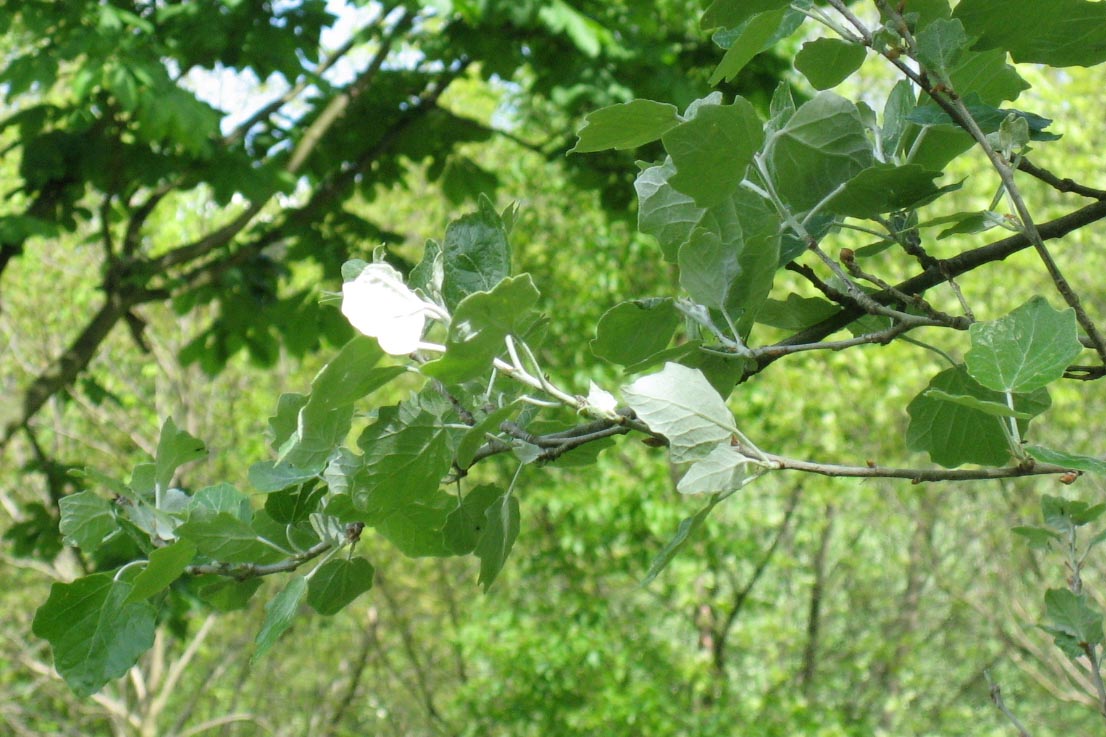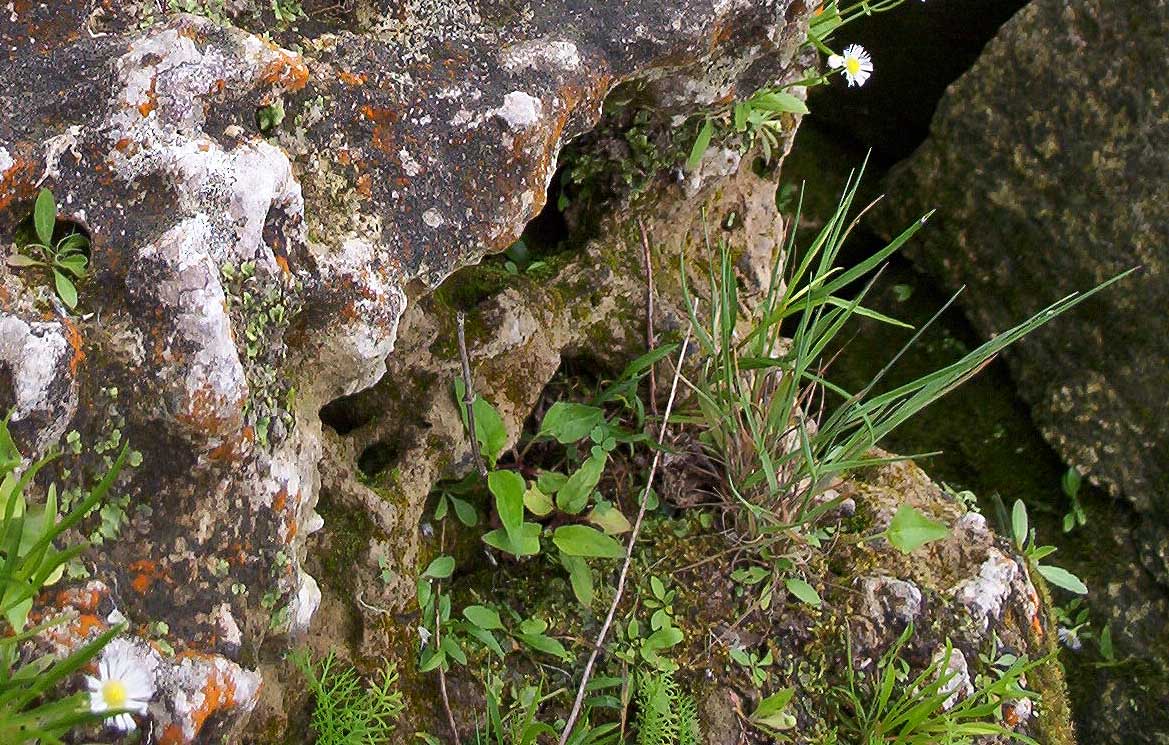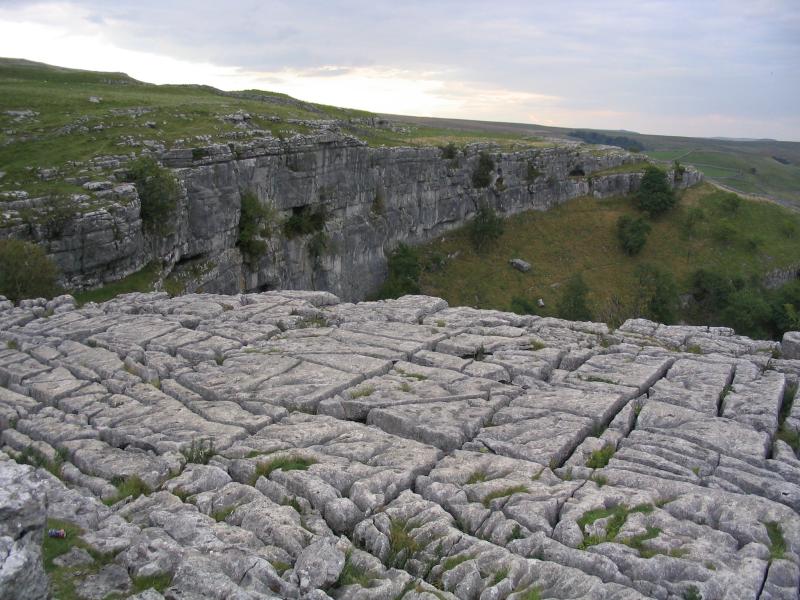
Habitat
There has not been enough extensive
research conducted on
Vertigo arthuri to determine its exact habit and preference
but there are several regions in which this species and its
synonyms regularly occur. North American
Vertigo species can generally be
found under or on dead wood as well as on fallen leaves in humid
regions. There are also some species that will inhabit dead
leaves and grass stems on the border of marshes or ponds. Aspen
groves appear to be a preferred habitat in mountain states (Pilsbry
1948).
Vertigo arthuri form
arthuri ranges from
eastern Ontario west to the Alaskan interior and south to New
Mexico, the Black Hills of South Dakota, and northwestern
Minnesota. Twelve different habitats in northwestern Minnesota
have been found: balsam-white spruce forest, white cedar
wetland, aspen forest, black ash wetland, maple-basswood forest,
jack pine forest, red pine forest, oak forest, sedge meadow,
tamarack wetland, wet prairie, and fen habitats (Nekola 2009).
Vertigo
arthuri were significantly more likely to occur in forest
habitat than grassland habitat, and the highest densities
occurred in balsam-white spruce forest and aspen forest (Nekola
2003). It appears to prefer wooded bedrock outcrops and alvars.
In the far west, it is expected to occur in upland mixed forest
and aspen parkland (Nekola 2009).

An aspen tree where
Vertigo arthuri
form
arthuri may
inhabit.
Image provided courtesy of Wikipedia.org
Vertigo arthuri
f0rm hubrichti ranges from
northeastern Iowa and southeastern Minnesota east along the Niagaran
Escarpment to the Bruce Peninsula and then north to Lake Nipissing
and east to Ottawa. Algific slopes and cliffs, rocky outcrops,
bedrock cliffs, and alvars supporting Northern White Cedar
populations are the most commonly observed habitats (Frest
1991, Anderson et al.
2002, Nekola 2009).

This is an example of an alvar which is
a common habitat of
Vertigo arthuri
form hubrichti.
Image provided courtesy of
Wikipedia.org
Vertigo arthuri
form
paradoxa ranges from
Newfoundland east through New York and Ontario to northeastern
Wisconsin, northwestern Minnesota, and central Manitoba. This form
also occurs in Alaska. In Ontario, this taxon is largely confined to
the Niagaran Escarpment, with scattered additional sites to the east
and north. Bedrock outcrops and alvars (usually supporting Northern
White Cedar), seashore limestone turf (Nekola 2009).

This is a limestone outcrop, a
common place to find
Vertigo
arthuri
form paradoxa.
Image provided courtesy of Wikipedia.org